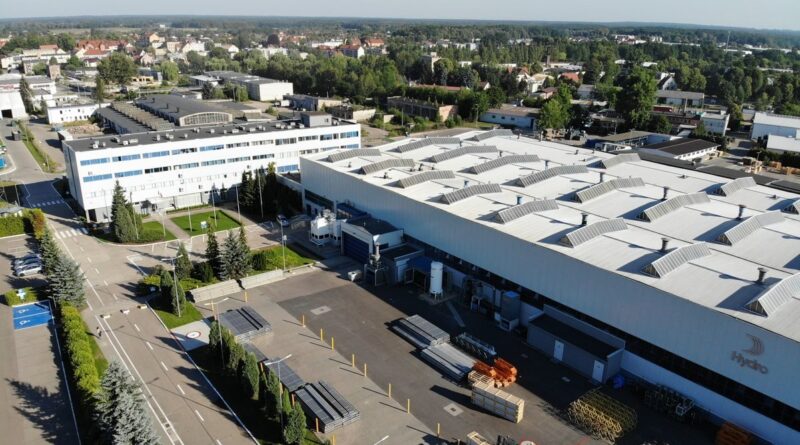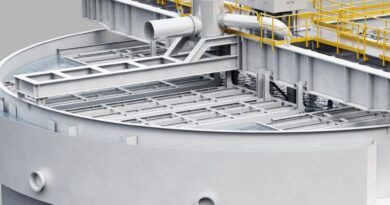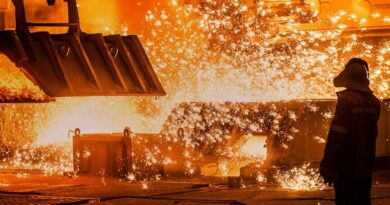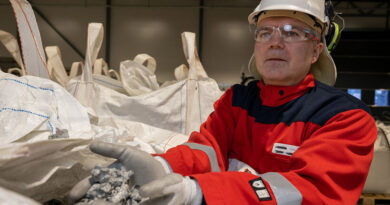Hydro building solar park to power new extrusion press in Poland
Hydro will build a new photovoltaic power system at the aluminium extrusion plant in Trzcianka, Poland. The solar park is expected to be in operation in Q3 2022 and will generate 7.5 GWh/year to power a new extrusion press, currently under construction.
The solar park will be built next to the extrusion plant and supply electricity directly to the plant. It will power the new 8-inch extrusion press which is currently being built. It will also produce enough electricity to cover parts of the remaining power consumption of the plant. The total investment amount for the solar park is EUR 5 million.
With increasing electricity prices in Europe, the investment will supply the plant with clean renewable power. The Polish electricity grid mix is dominated by coal, so the solar park will reduce the carbon footprint of the extrusion process on the new extrusion press from an average of 0.68 kilo CO2 per kilo aluminium down to an estimated 0.14 kilo.
“This investment is a big step for our Polish operations in supporting Hydro’s climate target of reducing direct greenhouse gas emissions by 30% by 2030. With the solar park in place, our customers get access to aluminium profiles which have been extruded with a minimal environmental impact,” says Mauro Spizzo, Vice President of the Eastern Europe region in Hydro Extrusions.
REDUCING CARBON EMISSIONS IN ALL PARTS OF THE VALUE CHAIN
Product designers and developers in all industries are currently working to reduce the environmental impact of their manufacturing processes and products. Since 80% of the environmental footprint of products is committed in the design phase, it is critical to select the right materials and design the product in the best way possible.
Material choice plays a big role in that work. Aluminium is a good material for the circular economy, since it can be recycled infinitely without reduction in quality. However, it is important to be aware that not all aluminium is the same. In fact, the carbon footprint of aluminium can vary by a factor of 10, depending on where and how the aluminium is produced.
The new 8-inch extrusion press in Trzcianka is highly efficient with an energy saving hydraulic system and is expected to have 8% lower electricity consumption compared to the existing 7-inch press at the plant. With the renewable electricity from the solar park, the carbon footprint of the extruded aluminium profiles delivered from Trzcianka will be further reduced.




